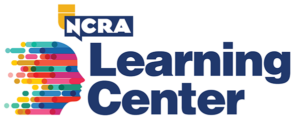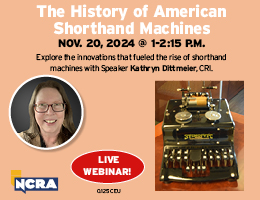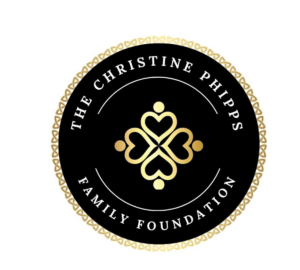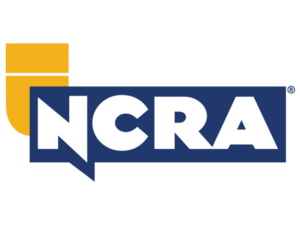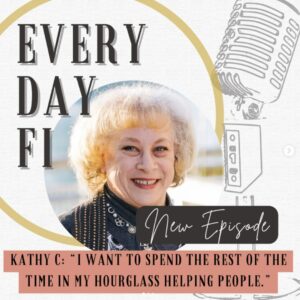Nearly synonymous with the end of World War II is a photo usually called V-J Day in Times Square and sometimes The Kiss, the photo of a kissing sailor and nurse. Some even dub it the most famous kiss in American history. This 1945 shot was taken by Alfred Eisenstaedt as Americans learned that the war was over.
For approximately 70 years though, the true identities of the sailor and so-called nurse remained a mystery, despite multitudes of men and women coming forward over the years claiming they were the subjects. Their identities were finally revealed in the release of the 2012 book, The Kissing Sailor: The Mystery Behind the Photo that Ended World War II. The sailor is George Mendonsa, and the nurse, who was really a dental assistant, is Greta Friedman.
Years earlier, in 2005, both Friedman and Mendonsa shared their stories for the Library of Congress Veterans History Project, and this year, NCRF facilitated the transcription of these interviews.
“As a student, I had seen the iconic photo, as well as the media covering the reenactments that had taken place in Times Square at the 60th and 70th Anniversaries of V-J Day,” said Nancy Rowland, the retired reporter from Rimrock, Ariz., who transcribed these oral histories. “It is no surprise that this particular image became so famous, as it is symbolic of the end of a horrendous war where millions of lives were lost. Because this was not a ‘staged’ photo but a candid moment, it captured the genuine raw emotions of joy and euphoria felt by all Americans that day.”
Mendonsa had been stationed in the Pacific during World War II and he saw firsthand the importance of nurses when his ship, the USS The Sullivans, rescued and transported hundreds of wounded sailors from the USS Bunker Hill, which was hit by a kamikaze airplane, to the hospital ship, the USS Bountiful.
“It was interesting to learn the reason behind why the sailor kissed the nurse, especially as his future wife was present with him!” said Rowland. “He believes that if this woman in Times Square did not have a nurse’s uniform on, he would never have grabbed and kissed her. It was a purely spontaneous act.”
There was some controversy surrounding this photo because the kiss did not seem consensual, as indicated by the woman’s body language and clenched fist. However, Friedman set the record straight in her interview.
“It was just somebody really celebrating. But it wasn’t a romantic event. It was just an event of ‘thank God the war is over’ kind of thing because it was right in front of the sign,” Friedman told her interviewer, Patricia Redmond.
Rowland has transcribed more than 45 oral histories since 2012, but transcribing these two histories was a little different.
“Because of my familiarity with the photo, I was intrigued to learn the story behind the photo and wondered how the notoriety impacted their lives, these oral history interviews being conducted 60 years after the event,” said Rowland. “In that sense, initially these interviews were of a greater interest for me, and I was excited to have the opportunity to transcribe them.”
“But when the interview turned from George Mendonsa, The Kissing Sailor, to George Mendonsa, the World War II veteran relating his military career, the story brought back to the forefront the realization that all our veterans have a story of their unique contributions serving our nation, and the Veterans History Project gives them voice, even after they are no longer with us.”
To learn more about the Veterans History Project and how you can get involved transcribing histories, visit NCRA.org/vets, or contact NCRF’s Foundation Manager, April Weiner at aweiner@ncra.org.






